NYC Blockchain Week kicked off today with Fluidity Summit, a conference that brought together everyone from founders, to traders, to lawyers in the crypto space. The summit was a great opportunity for the crypto-finance community to gather together and dig into some of the biggest themes and questions that have occupied the space over the last few months:
- Revolution. How is crypto really changing the world, and how will the world keep up with it?
- Globalization. What are the financial and legal implications of an asset class that can be moved around the world instantly by anyone?
- Accessibility. Which further innovations are most important for moving blockchain past early adopters and truly into the mainstream?
- Scalability. What are the best ways to make blockchains of all kinds support high-volume, low-fee transactions?
Read on for the highlights from the talks and panels of Fluidity Summit 2018.
Morning Sessions
The morning sessions focused on innovators talking to cryptocurrency enthusiasts about where crypto is, how it got here, and where they hope to see it go.
Opening Remarks
The day opened with comments from Sam Tabar of AirSwap and Bill Tai of ActTai Global. They set the tone for the day by suggesting that this gathering was similar in many ways to the Buttonwood Agreement.
“Legacy finance has a rigidity to it; the future of finance is about fluidity.” — Sam Tabar
Back in May 1792, 24 stockbrokers gathered under a tree on Wall Street and signed an agreement that set the stage for the NYSE. This Fluidity Summit, in their minds, was equally momentous as crypto is poised to become a more mainstream part of finance.

Finance is Broken
Cornerstone Capital’s Erika Karp established the big-picture stakes for the day by pointing out how severely broken finance currently is, and how crypto therefore has the opportunity to do real good in the world.
“We can use capitalism to solve the world’s problems; we just need the force of will.” — Erika Karp
Karp was clearly excited about the potential of crypto to alleviate some of the world’s greatest problems, from only 1% of VC funding going to women, to only a tiny fraction of the trillions we need to invest in climate change actually going there right now. She saw today’s gathering as the kind of “force of will” required to realize that potential.
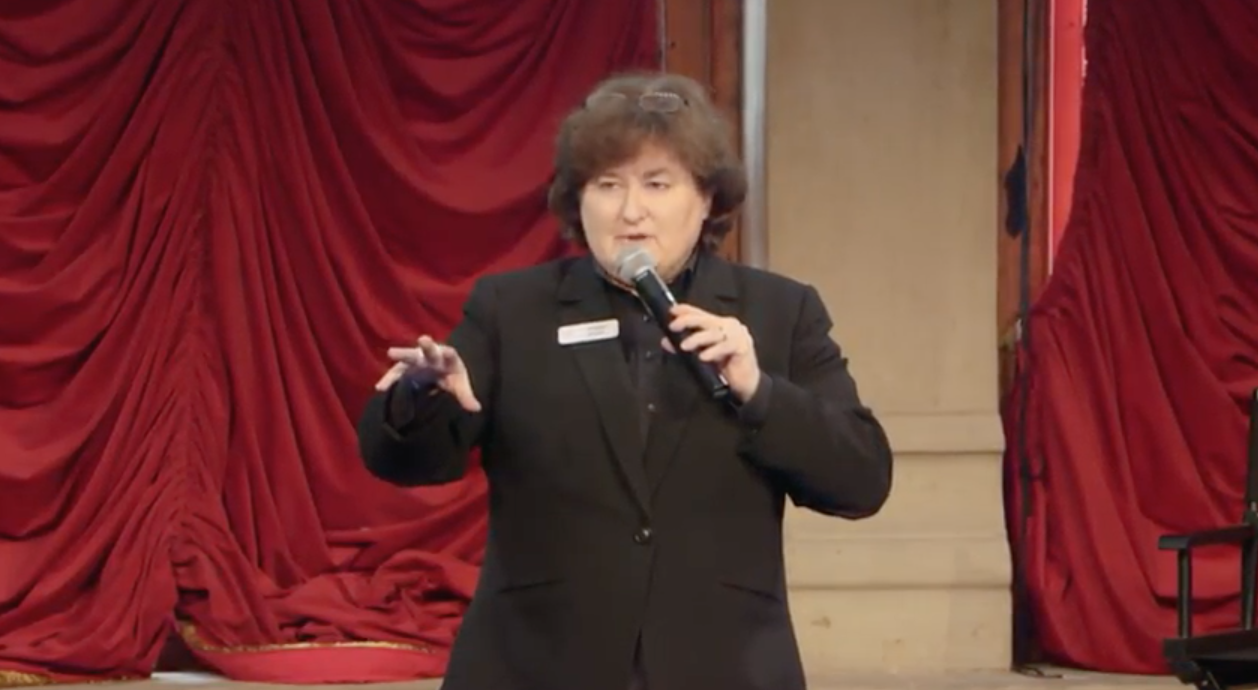
A History of Trade
AirSwap’s Michael Oved continued to kick things off by situating crypto in a brief history of trading more broadly. Oved discussed how trading began with a single order book and evolved in complexity when multiple order books were added.
“We now have the first global, scalable asset class.” — Michael Oved
Now, trade is poised to evolve again with networks like Ethereum, on which we can perform “any kind of transaction” on “any asset we can define.” Beyond the complexity of multiple order books, traders have the opportunity to master the complexity of many more kinds of assets and many more kinds of trades. In his view, we’re now living with “the first global, scalable asset class.”

Asia’s Influence on our Digital Future
Caspian’s Jehan Chu discussed the role of Asia in the rise of crypto. He noted that 10 of the top 20 coins by market cap are Asia-based projects, and that some of the biggest cryptocurrency meetups happen in Asia.
“Blockchain technology is all about the community and people behind it.” — Jehan Chu
Chu also suggested that, even though China is currently somewhat closed to cryptocurrencies right now, they will open up soon again “in a big way.” In his view, the communities behind crypto are the most important part of the technology, and he sees this revolution as a new way for Asian communities to engage the world at large.

The Tools of Trade
The first panel of the day featured a variety of key innovators in the crypto space:
- Rob Paone, AirSwap (Moderator)
- Stefan George, Gnosis
- Alex Wearn, IDEX
- Thomas France, Ledger
- Don Mosites, AirSwap
- Ron Bernstein, Paradex
The panel discussed the tools (exchanges and wallet) that they’re building and what they feel the crypto space needs to do in order to mature and become more mainstream.
“Our goal is to make a decentralized exchange that feels centralized after you’ve provided your information.” — Alex Wearn
On the customer side, they emphasized the need for user interfaces that allow people to easily engage with decentralized exchanges without having the deep knowledge base of early adopters. On the development side, they expressed the need for shared API standards to make it easier for exchanges to integrate with wallets and each other.
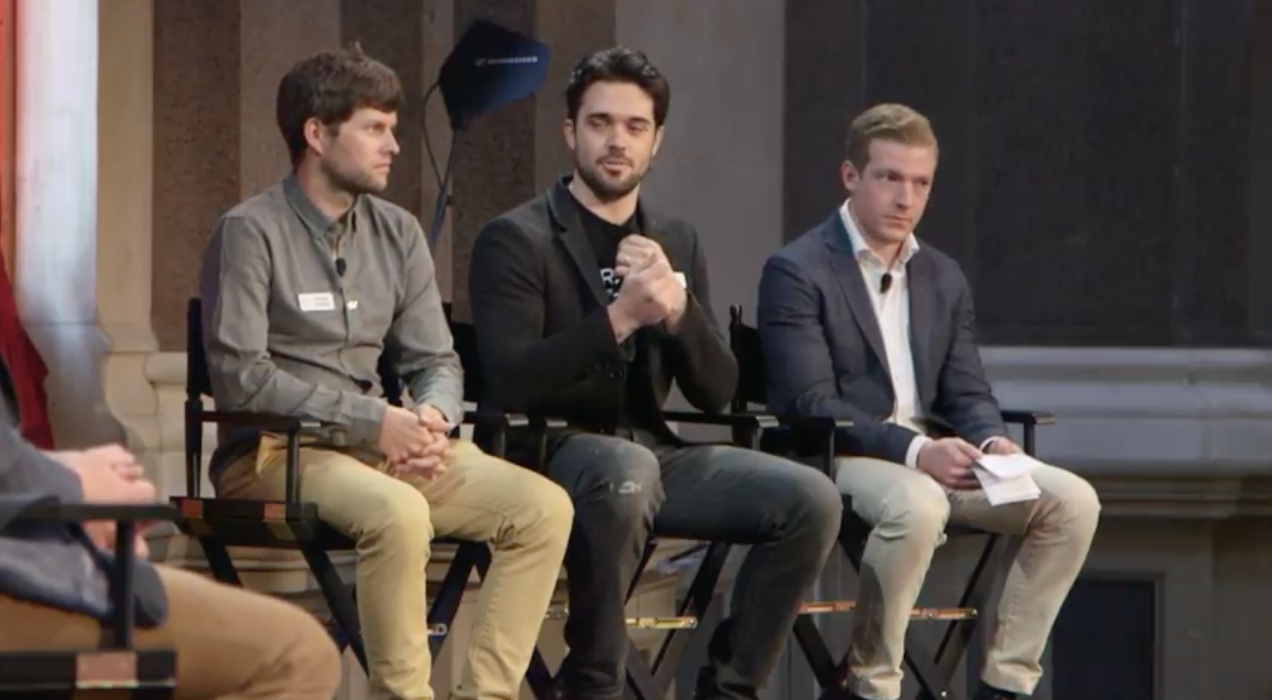
0x Version 2.0
Next up was Amir Bandeali of 0x, a relay protocol that, in its first iteration, primarily enabled developers to build decentralized exchanges for ERC20 tokens.
“The vision of 0x is letting you trade anything that can be owned on the blockchain.” — Amir Bandeali
Bandeali was looking ahead to 0x 2.0, which intends to work towards the protocol’s vision of “letting you trade anything that can be owned on the blockchain.” To that end, 0x 2.0 will support arbitrary asset types, new signature schemes, and will enable inter-exchange arbitrage without upfront capital.

Scaling with Plasma
David Knott of OmiseGo discussed Plasma, an off-chain scaling solution for blockchains like Ethereum (but not only Ethereum).
“VISA is generally beating Ethereum right now in terms of infrastructure and support for real-world cases, but we’re working to change that.” — David Knott
Plasma is working to make its root chains more scalable and practical for real-world, VISA-dominated use cases by letting you move all your value many times on its chain while using only a single corresponding root-chain transaction. It’s also working on eliminating the need for a confirmation after you’ve made your signature on any given transaction.
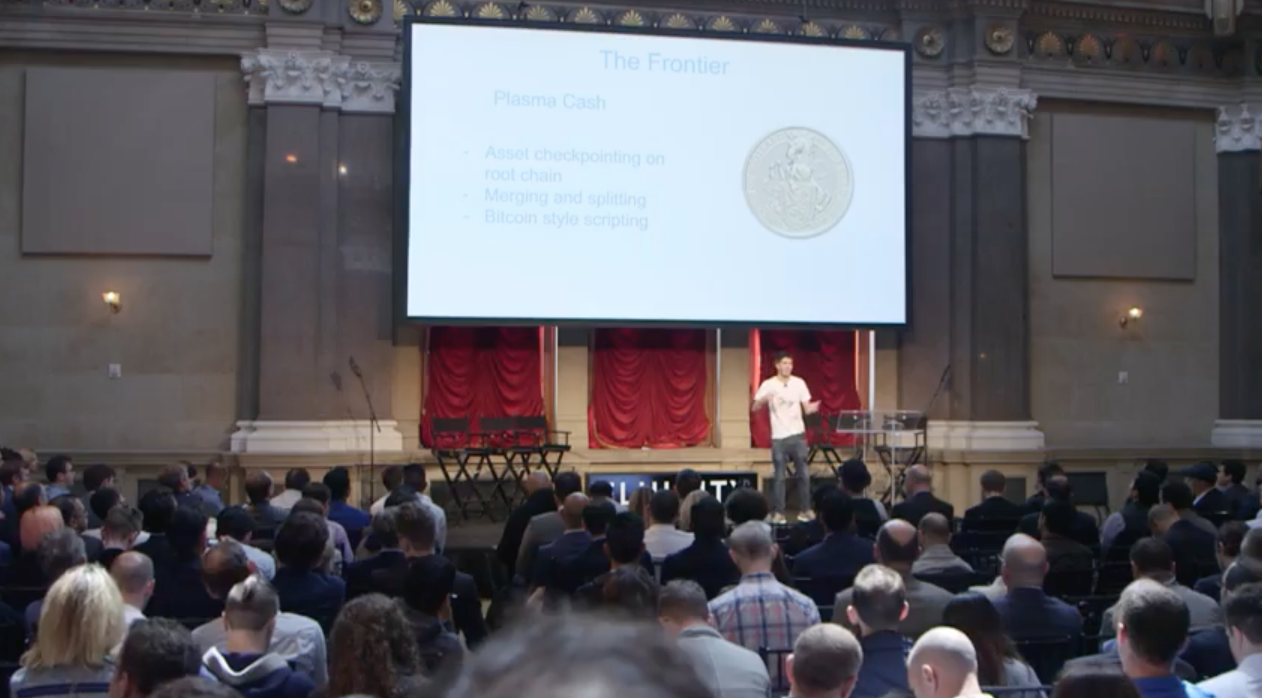
From Chain to Graph
Tom Trowbridge rounded out the morning’s sessions with a different perspective on scalability. He argued that blockchain technology is designed to be slow in order to allow time for determining which block should be added to the chain next.
“All blockchain scaling solutions are trying to get around the fundamental architecture of blockchain, and all of them make security sacrifices.” — Tom Trowbridge
Any blockchain scaling solutions, Trowbridge said, necessarily end up sacrificing security for the sake of transaction volume. His alternative is Hedera Hashgraph: a patented, graph-based, base-layer consensus algorithm that he claims “is testing at 100,000 tps, gets up to 250000 tps regionally — transaction cost is 6 millionths of a penny.”
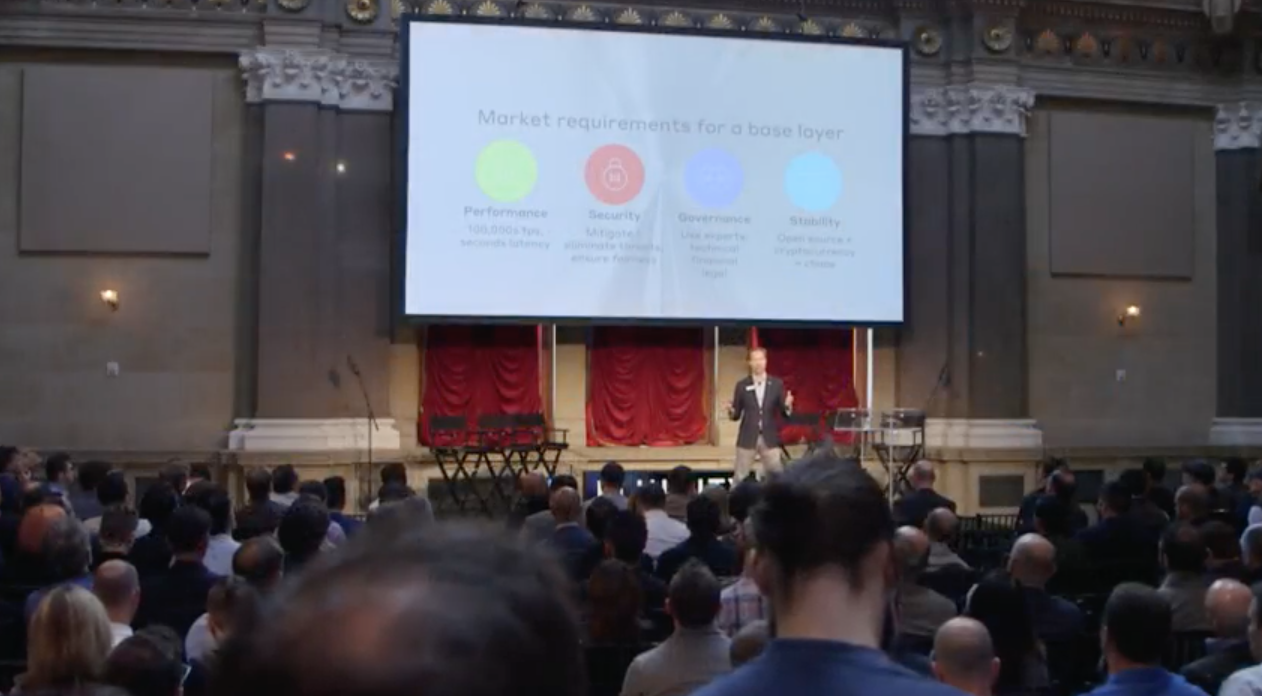
Afternoon Sessions
The afternoon sessions pivoted to focus on how those not innovating in crypto might view the space. There was a heavy focus on regulatory concerns, legal concerns, and skepticism — but there was also excitement about more theoretical uses of crypto that are still embryonic as of now.
Bridging Trading & Regulation
The first afternoon session featured General Consul Ford Hart, discussing the relationship between trade and regulation — not just with regard to crypto, but rather throughout history.
“If you don’t have a sense of history, you’re a slave to hype.” — Ford Hart
Hart emphasized that regulation is simply an inevitability with trade and that it always has been. He also suggested that crypto innovators should welcome regulators into the conversation early and keep them engaged — otherwise, he warned, the sector might end up eventually getting in the kind of governmental trouble that Facebook has recently faced.

The Legal Landscape
The second panel of the day featured a range of lawyers and developers discussing the continually evolving legal climate surrounding crypto:
- Lilya Tessler, McDermott Will and Emery (Moderator)
- Lewis Cohen, DLx Law LLP
- Henri Arslanian, PwC
- Khurram Dara, AirSwap
- Ryan Selkis, Messari
- Aaron Wright, OpenLaw
The discussion focused on the need to balance mindful regulation with rewarding innovation. The panelists observed that, in some ways, this moment in crypto is like the early days of the internet. Back then, regulators needed to strike a balance between copyright law and innovation; now, they need to strike a balance between financial law and regulation.
“Regulations aren’t meant to protect intermediaries: they’re meant to protect consumers.” — Aaron Wright
The panelists seemed to agree that the crypto community should welcome regulators, while also holding regulating itself as proactively and responsibly as possible. The best ways to start doing that? Creating expectations of disclosures around ICOs, and weeding out bad actors.
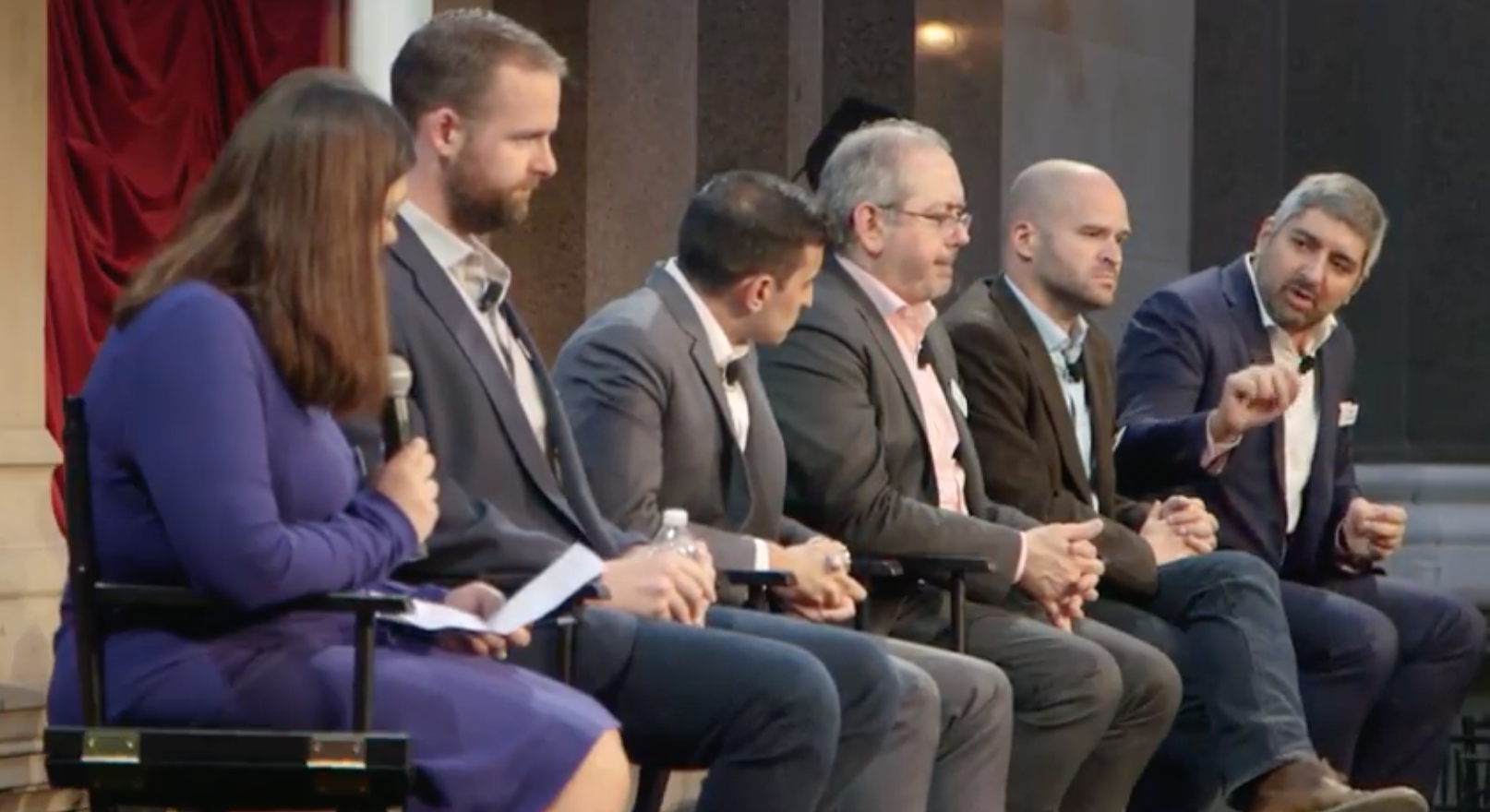
Brooklyn Project
Next up were Pat Berarducci and Aaron Wright discussing The Brooklyn Project, an organization with the goal of building trust between the crypto community and the rest of the world.
“We want to show the world that many people in the blockchain space want to do the right thing, and this technology empowers them to do that.” — Pat Berarducci
The Brooklyn Project is working on a registry that can open your cryptocurrency project up to community scrutiny and signal to everyone that you’re committed to the best practices of the industry.

Tokenization and the Path Towards Liquidity
In the day’s third and final panel, an eclectic group of people involved in token-related projects came together to discuss the good, the bad, and the surreal of tokenizing everything from traditional securities to fine art:
- Lee Schneider, Genesis Block (Moderator)
- Emma Channing, Satis Group
- Vince Molinari, Templum
- Samantha Radocchia, Chronicled
- Michael Oved, AirSwap
The panelists discussed how paintings, real estate, stock, and even our identities could all eventually be tokenized and traded. One exciting benefit of this that they considered was the potential to “catch the long tail” of historically illiquid assets by adding liquidity.
“Going forward, we need to be mindful of what’s offchain and what’s onchain in order to balance transparency with privacy.” — Samantha Radocchia
The potential for bartering fractional ownership of typically illiquid assets is exciting, but panelists also emphasized that we need to think about the social good as we move forward in this field. For example: how might we be able to fractionally sell information about ourselves in a way that’s beneficial, rather than deleterious, to our privacy?

Moving Beyond Borders
In this session, Don Mosites discussed the past, present, and future of AirSwap. Airswap is building a decentralized platform that allows people to buy and sell digital assets without relying on centralized gatekeepers.
“AirSwap is developing a stack of token sourcing, structuring, launching, and trading. That stack is called Fluidity.” — Don Mosites
AirSwap announced that they’re now partnering with Dixon Advisory, Genesis Block, and Token Foundry to develop Fluidity: a full stack for token sourcing, structuring, launching, and trading.

Will Crypto Flourish or Fail?
The final session was a full-blown debate between economist/crypto skeptic Nouriel Roubini and Ethereum developer Joe Lubin, moderated by Donna Redel. The debate, which was heated yet respectful, covered everyone from the nature of money, to the problem of scaling, to centralization, to fraud.
“The reality is that, even if you say you want to self-regulate, the industry doesn’t do that: it’s obvious that 81% of ICOs are scams. If Ethereum wanted to self-regulate, it would stop these.” — Nouriel Roubini
The core question of this debate was whether Ethereum is centralized. Roubini pointed to Vitalik Buterin’s omnipresence in the community as a sign of centralization. And if Ethereum is centralized, he asked, why hadn’t it shut down many of the clearly fraudulent ICOs being run on its network? Lubin insisted that Buterin is not the architect of most of Ethereum’s code, and that they are actively working to self-regulate better.

Closing Remarks
Nicole Boyar of AirSwap rounded off the sessions by emphasizing the importance of continued dialogue and conversation to make the future of crypto a reality — and, indeed, the day rounded off feeling as if a momentous summit rivaling the Buttonwood Agreement really had just taken place.

Key Takeaways
We took three major messages away from the proceedings at Fluidity Summit 2018.
- Inclusivity is key. From educating regulators to lowering mainstream barriers-to-entry, the best way for crypto to succeed is by further building and expanding the community.
- We should learn from history. The problems of blockchain aren’t new: there’s a lot we can learn from past events, from the origins of trade and regulation to how people first reacted to the advent of the internet.
- The field is still speculative. With so many projects and communities in the space now, it’s easy to forget how embryonic it still is — but many exciting crypto projects are still just ideas thrown around at conferences like this one. That’s why it’s so important to engage with the community and keep dreaming up the next big dApp, protocol, or hardware.
Thanks to everyone who had a hand in putting this on! We’re excited to see where the cryptocurrency sector stands this time next year.
The above references an opinion and is for informational purposes only. It is not intended as and does not constitute investment advice, and is not an offer to buy or sell or a solicitation of an offer to buy or sell any cryptocurrency, security, product, service or investment. Seek a duly licensed professional for investment advice. The information provided here or in any communication containing a link to this site is not intended for distribution to, or use by, any person or entity in any jurisdiction or country where such distribution or use would be contrary to law or regulation or which would subject SFOX, Inc. or its affiliates to any registration requirement within such jurisdiction or country. Neither the information, nor any opinion contained in this site constitutes a solicitation or offer by SFOX, Inc. or its affiliates to buy or sell any cryptocurrencies, securities, futures, options or other financial instruments or provide any investment advice or service.



